Emerging generalist models could overcome some limitations of first-generation machine-learning tools for clinical use.
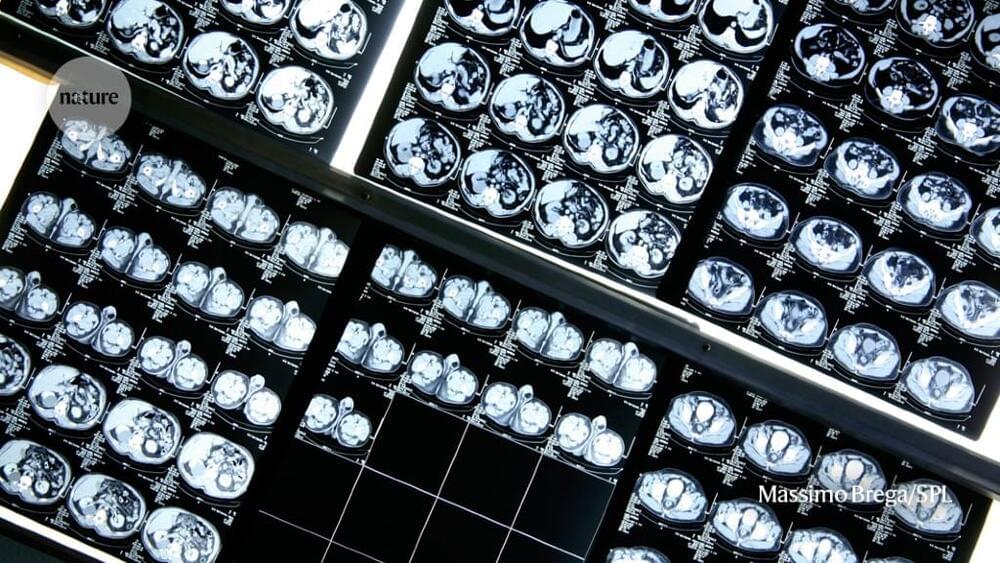


An already-approved chemotherapy drug could reduce the risk of dying of cervical cancer when added to the current treatment standard, according to new research presented at a major medical conference.
The study, presented at the European Society for Medical Oncology, followed 500 people, most of whom had “locally advanced” cervical cancer that hadn’t yet spread to other body parts.
Half of the patients were treated with chemoradiation — the current gold standard for treatment, researchers said. The other half were given combination therapy that included a pre-dose (or induction dose) of chemotherapy before every session of chemoradiation.

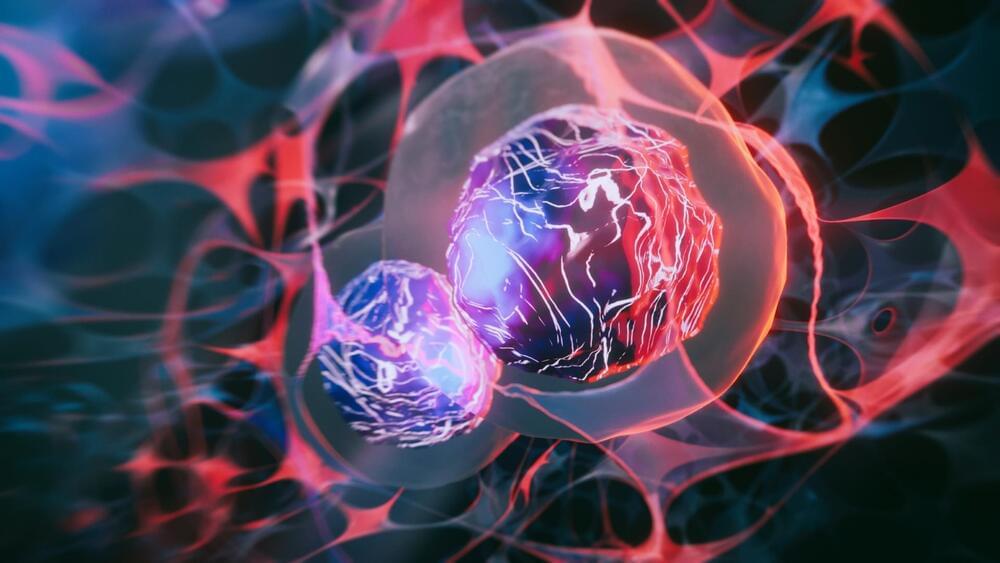
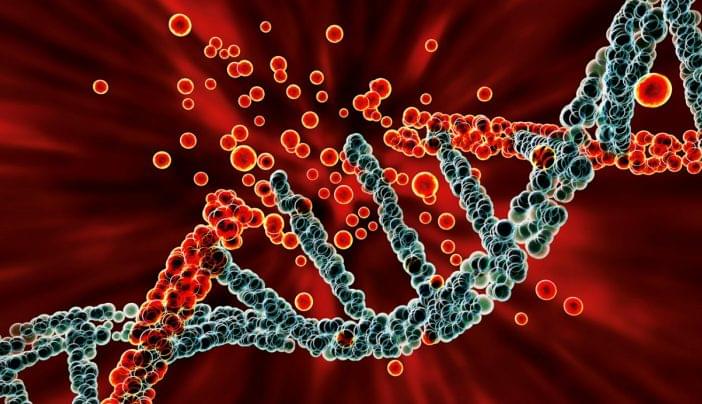
FGFR inhibitors, in combination with standard treatments, have extended the lives of many with this disease. However, these drugs often stop working after six to eight months.
“These drugs work very well for a while, but resistance is inevitable,” says gastrointestinal medical oncologist Milind Javle, M.D.
Now, a new type of FGFR inhibitor may allow patients to live longer without their disease progressing.
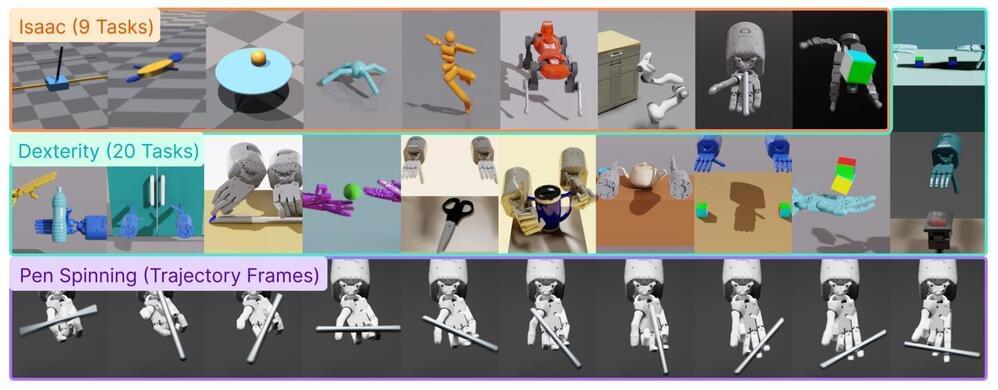
Intelligent robots are reshaping our universe. In New Jersey’s Robert Wood Johnson University Hospital, AI-assisted robots are bringing a new level of security to doctors and patients by scanning every inch of the premises for harmful bacteria and viruses and disinfecting them with precise doses of germicidal ultraviolet light.
In agriculture, robotic arms driven by drones scan varying types of fruits and vegetables and determine when they are perfectly ripe for picking.
The Airspace Intelligence System AI Flyways takes over the challenging and often stressful tasks of flight dispatchers who must make last-minute flight pattern changes due to sudden extreme weather, depleted fuel supplies, mechanical problems or other emergencies. It optimizes solutions, is safer, saves time and is cost-efficient.
The results of a human study carried out by an international research team have provided valuable new insights into the activity of the brain’s noradrenaline (NA) system, which has been a longtime target for medications to treat attention-deficit/hyperactivity disorder, depression, and anxiety. The study employed what the researchers claim is a groundbreaking methodology, developed to record real-time chemical activity from standard clinical electrodes implanted into the brain routinely for epilepsy monitoring.
The results offer up new insights into brain chemistry, which could have implications for a wide array of medical conditions, and also demonstrate use of the new strategy for acquiring data from the living human brain.
“Our group is describing the first ‘fast’ neurochemistry recorded by voltammetry from conscious humans,” said Read Montague, PhD, the VTC Vernon Mountcastle research professor at Virginia Tech, and director of the Center for Human Neuroscience Research and the Human Neuroimaging Laboratory of the Fralin Biomedical Research Institute at VTC. “This is a big step forward and the methodological approach was implemented completely in humans – after more than 11 years of extensive development.” Montague is senior, and co-corresponding author of the researchers’ published paper in Current Biology, which is titled “Noradrenaline tracks emotional modulation of attention in human amygdala.” In their paper the authors concluded, “By showing that neuromodulator estimates can be obtained from depth electrodes already in standard clinical use in the conscious human brain, our study opens the door to a new area of research on the neuromodulatory basis of human health and disease.”

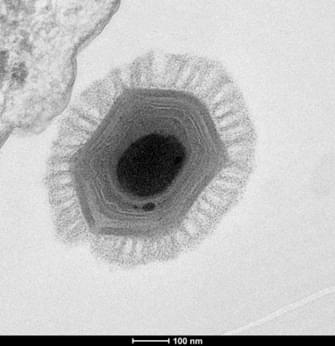
This exemplary virus makes its own genes which many have theories say that it could be a direct relationship to the sorta alien ant farm we are currently in on earth. That maybe it is a clue that viruses started all life from a sorta panspermia whether it was from meteorites or even direct gene engineering from aliens this virus gives us a clue even to our evolutionary processes that we could even become aliens someday.
Pandoraviruses, the largest viruses ever found, are shaking up the tree of life. Could they and other abnormally large viruses belong to a fourth branch of life separate from Bacteria, Archaea, and Eukaryotes?
